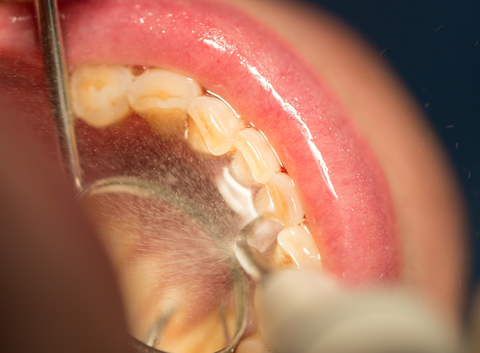What Exactly Is A Dental Emergency?
Few types of pain and discomfort hit quite as hard as dental pain. When a dental emergency occurs, it’s often best to get it checked out quickly. The longer you wait to get it looked at, the worse the condition will get and the higher the risk to your health. Finding a reliable dentist that handles dental emergencies in your area is vital to prevent infection and further damage to your teeth.

But what exactly is a dental emergency? First, it’s essential to know the differences between everyday dental issues and emergency ones that can’t wait. A typical dental problem is manageable until the following morning, while an emergency can threaten your well-being and health. So let’s go over some vital information that will help determine whether a dental issue can wait or requires emergency dentistry.
What Are Some Emergency Dental Situations?
The most common dental emergencies involve infections and damage to teeth. These can often occur due to tooth decay, physical damage from outside sources, or other health issues.
Ask the following questions to help determine whether a dental situation is an emergency or can wait a few days:
- How severe is the pain? Bleeding and severe pain are signs of emergencies.
- Has a tooth come loose? Adult teeth should never come out. However, if a tooth is loose or has come out, seek dental care immediately.
- Tooth fall out? Quick response time and treatment can save the tooth when the tooth has come out.
- Is there a noticeable infection? Signs of infection include abscesses, foul smells, and bleeding.
- Is there blood coming from the mouth? Bleeding from the mouth is the most significant sign of a potential dental emergency.
Generally speaking, any dental situation involving bleeding, severe pain, or potential tooth loss will be considered a dental emergency. Seeing a dentist right away can help reduce the risk to your health and potentially save teeth.
What Are Some Common Dental Emergencies?
A few issues can come up that won’t be considered dental emergencies by dentists. The following is a quick listing of the dental emergencies most commonly seen in emergency dentistry.
Unexplained Toothaches
Toothaches don’t just cause frustration. They are also a way for your body to signal something is wrong. When a sudden toothache occurs, it is typically due to food or debris contacting an exposed nerve or cavity. A cold compress, salt water rinse, or over-the-counter pain medications can help alleviate pain.
Swollen or Bleeding Gums
Occasional gum bleeds may not be a big issue. Still, constant bleeding from the gums is a significant sign something is wrong.
Swollen Mouth or Jaw
Seek immediate treatment if swelling exists in the jaw or mouth. There could be an infection, lymph node irritation, or another factor.
Nerve Exposure
Many people have rated an infected nerve as one of the most potent pain experiences. Seeking dental help as soon as possible is vital to save the tooth.
Loss of Teeth
Tooth loss is not uncommon in adults. In most cases, a dentist can quickly fix tooth loss. However, if a tooth comes out unexpectedly, seeking dental care is necessary.
Loss of a Filling
When a filling comes out, it will re-expose the cavity. Re-exposure to the cavity can put the nerve of the tooth at risk. It also puts the strength of the tooth at risk.
Damaged Crown
A broken or damaged crown will leave the tooth exposed and vulnerable. An exposed tooth is terrible because the tooth under the crown is no longer as strong as it used to be. The crown itself protects the nerve inside the tooth and the remaining tooth structure.
Abscess in Gums or Tooth
Dental abscesses can be a difficult and life-threatening situation to go through. They are pockets of pus in the tooth that lead to an infection. In addition, an abscess can cause fever, temperature sensitivity, tooth pain, swelling, and a lump on your gums near the tooth.
Food or Objects Lodged Between Teeth
Food and debris from eating can often get stuck between teeth without us realizing it. Sometimes brushing and flossing won’t be enough to dislodge it. If the object remains, it can cause teeth to shift, gum irritation, gum disease, infection, and tooth decay.
Finding an Emergency Dentist Nearby
A primary dental care provider will most likely have dental emergency services for most patients. However, it’s always good to know if a dentist provides emergency services or not. While most dentists would prefer you wait and see them, finding a local emergency dental care office beforehand can be a better plan.

